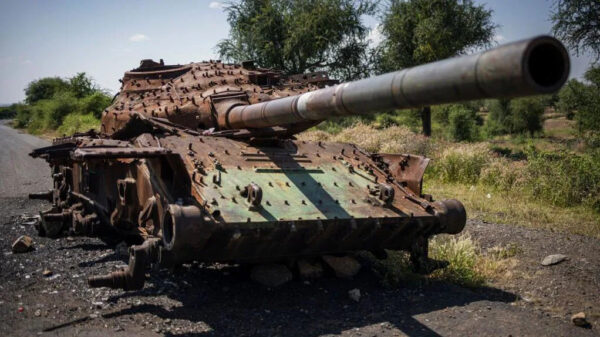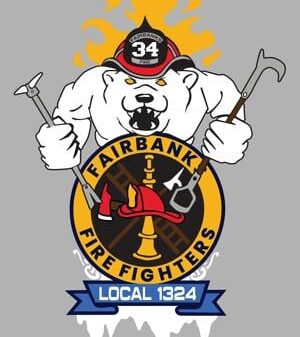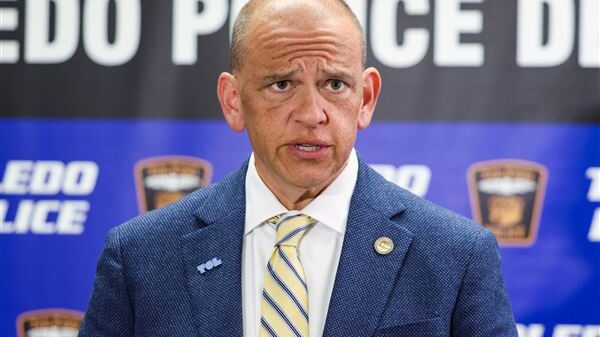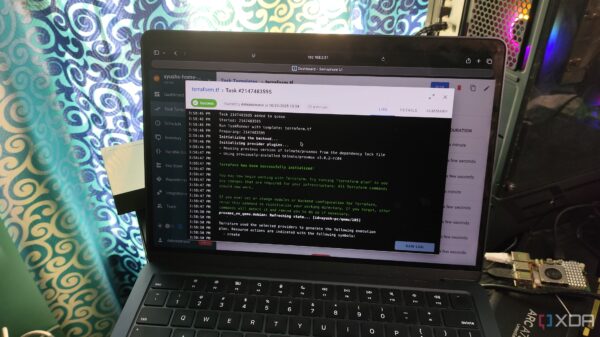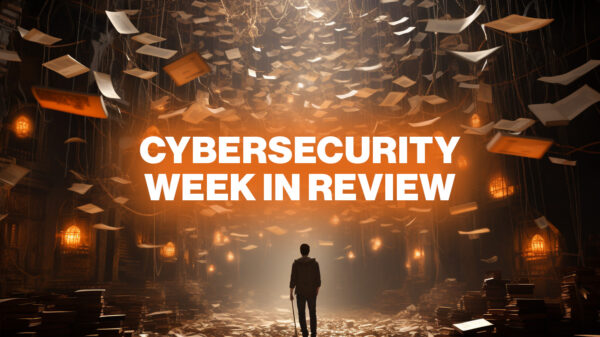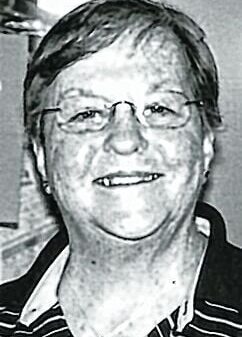An ordinance to amend the contract between the Fairbanks Firefighters Union (FFU) and the city of Fairbanks is likely to be voted down on November 13, 2023, following a recent rejection by union members. This decision has raised concerns among officials regarding its potential negative impact on essential paramedic and EMT training programs in the region.
In July, the Fairbanks City Council approved a new contract with the FFU after a year of negotiations that concluded with a federal arbiter establishing the new terms. The contract, however, excluded a longstanding partnership that enables students from a local paramedic school to fulfill their required ambulance experience hours through the Fairbanks Fire Department (FFD). The new agreement does include a provision for a 5% increase in preceptor pay, intended for internal purposes. Nevertheless, the ordinance states that “if the students cannot ride along on FFD ambulance calls, the program would not be able to continue in Fairbanks.”
During a Tuesday work session, Chief of Staff Michael Sanders indicated that the ordinance has become irrelevant after the union’s rejection. He remarked that the council could remove it from Monday’s agenda, where it is scheduled for a public hearing. “It wasn’t popular enough on their [the union’s] end, and they weren’t interested in continuing it,” he stated. He expressed uncertainty about the implications for fire departments concerning the pipeline for trained paramedics and EMTs, highlighting that the union sought some relief from the increasing number of students requiring training.
The ramifications of this situation are significant. Benjamin Nance, a board member and medical director for the Interior Region EMS Council, voiced concerns about disruptions in the training process. As medical director for the Community and Technical College (CTC) program, Nance noted that the University of Alaska Fairbanks (UAF) CTC’s paramedic program is a year-round academy requiring students to complete 240 hours of field training. FFD is the only fire department in Interior Alaska with a sufficiently high call volume to meet these training goals.
Nance underscored the human cost of potentially losing this local training capacity: “There is a significant human cost that we are losing our ability to train our own EMS professionals.” He pointed out that FFD has experienced substantial growth in ambulance calls over the years. Although the department previously operated with only two ambulances, a change in a past contract allowed it to staff a third ambulance as needed. The arbitrated contract approved in July granted the fire chief greater flexibility in staffing.
The challenge of securing paramedic training options for Interior Alaskans is further complicated by the fact that the University of Alaska Anchorage (UAA) has reached capacity in its paramedic program. According to Nance, commuting for field training is impractical for Fairbanks-area students, as they would incur additional expenses without feasible options for local training. “They are still having to pay for rent and school, so lumping it in with the time to drive back and forth isn’t feasible,” he added.
The issues surrounding the paramedic program have caught the attention of some city council members, including Lonny Marney, who expressed concerns over the potential loss of the partnership. “The community loves the fire department, and little kids aspire to become firemen,” he stated. Marney questioned the financial implications if the program were to collapse, suggesting it could lead to sending aspiring paramedics outside the community for training.
Sanders, however, downplayed the financial impact, stating that CTC was not offering any beneficial arrangements. The cost to train a firefighter as a paramedic in-house is estimated at around $16,000 for tuition alone, plus up to $120,000 in salaries, overtime, and benefits during training. In an effort to attract more qualified paramedics, the city recently introduced a $20,000 hiring bonus.
Nick Clark, FFU’s union president, noted on November 10, a day before the rejection, that the CTC partnership has had its challenges but remains valuable. “Overall, I think it’s a good program,” Clark remarked, adding that FFD has hired at least one student from every class. He also acknowledged, however, that there are significant challenges regarding the workload associated with training students.
The CTC program not only trains paramedic students but also those pursuing EMT I, II, and III certifications, as well as advanced EMT certifications. Clark indicated that the current paramedic cohort has about eight students, a decline from previous years where numbers were in the double digits. “They do have attrition, and students will drop out or won’t make it,” he explained.
Fire Chief Andrew Coccaro expressed appreciation for the CTC program and its leadership but acknowledged the need for solutions that maximize both the college’s output and the city’s needs. Concerns about the requirement for students to conduct externships outside the community were also raised. Sanders expressed frustration with the necessity for students to learn about treatments not applicable to their local context.
Nance defended the externship requirement, stating that it provides students with valuable insights into how EMS operates beyond their hometown, aiming to enhance their skills. He cautioned that the decision to remove local training options could have far-reaching consequences for all departments in Interior Alaska, including private companies like LifeMed and Guardian Flight.
As the situation unfolds, Coccaro indicated that all parties are seeking a resolution that does not hinder the current cohort while allowing for a reexamination of the program for future classes. The proposed contract amendment was intended as a short-term fix, but without union support, FFD may need to wait until the next academic year for potentially improved arrangements.
The City Council is set to meet at 6:30 p.m. at Fairbanks City Hall, located at 800 Cushman St., where the ordinance will still be open for public discussion, despite its practical rejection by the union. The implications of these developments for local emergency medical services remain a critical concern for stakeholders in the community.









